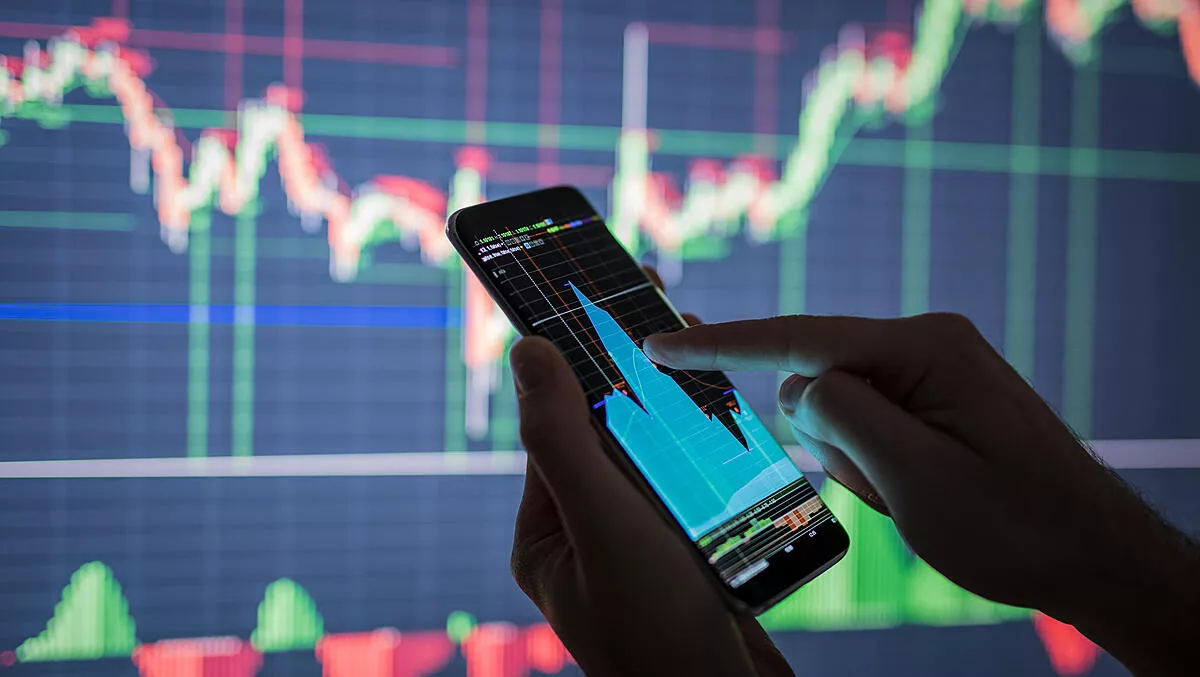
Smartphone market continues to grow - Canalys
Global smartphone shipments grew 1% in Q4 2019, the second consecutive quarter of growth, as the market hit 369 million units, according to research from Canalys.
Apple led the market, exploiting strong demand for iPhone 11 models to increase 9% to 78 million units.
Samsung shipped 71 million units to maintain its positive momentum, growing 1%.
Huawei took third place, but declined 7% amid its ongoing US Entity List saga, as its overseas business offset growth in China.
Xiaomi took fourth place, growing 23% to 33 million units, while Oppo took fifth growing 2% to 30 million units.
"This is an industry-wide success - eight of the top ten vendors grew in Q4," says Canalys senior analyst Ben Stanton.
Despite growth in both Q4 and Q3 2019, last year the worldwide smartphone market fell by 2% to 1.37 billion units, compared to 2018. Stanton says this is part of a wider trend.
"When we saw the first declines in global volume a couple of years ago, Canalys stated the industry was moving from the growth era to the cyclical era. This is it," says Stanton.
"This growth spurt will not last forever but will be one of a series of peaks and troughs, as the customer refresh rate for smartphones reaches its new equilibrium point.
One of the success stories in Q4 came from emerging markets.
"Chinese vendors were particularly diligent in developing regions over the past quarter," says research analyst Shengtao Jin.
"Smartphones under US$100 have been a major focus, as vendors targeted the installed base of users still using feature phones. Vivo, for example, had exceptional success with the cheap Y91C in Indonesia this quarter.
"Apple also saw success in emerging regions as the cheaper iPhone 11 tempted a broader base of customers than it is used to.
This success was also reflected by the Asian players.
"The fortunes of Huawei and Samsung are the story of the year," says Canalys analyst Mo Jia.
"2018 saw Huawei take huge chunks of Samsung's market share. And 2019 was meant to be the year Huawei challenged Samsung for the #1 spot. Samsung knew this and was ready for all-out war.
"It drastically increased its portfolio and slashed operating margin. But the battle never came, as Huawei's placement on the US Entity List in May stifled it overseas," says Jia.
Ultimately, Samsung retained the lead in the 2019 smartphone market with 21.8% share and 298.1 million units, growing 2%.
Huawei was second with 17.6%, followed by Apple with 14.5% of the global smartphone market in 2019.
"As Huawei prepares to launch its next wave of devices without Google Mobile Services (GMS), its objectives are now very different," says Jia.
"It must maintain as much channel support as it can in key markets like Western Europe. It must curate a developer ecosystem to support HMS.
"And most importantly, it must maintain scale. If it loses scale, it loses developer interest."


